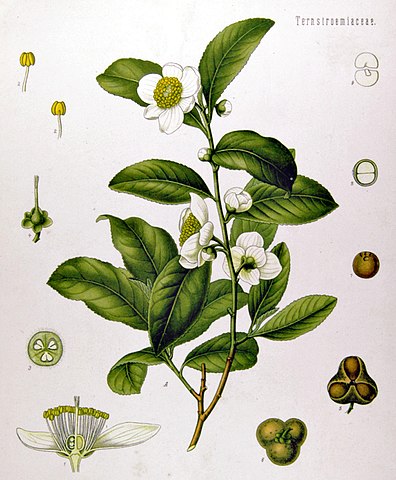Where Does Tea Come From?
By Tea Lover
Where does tea come from?
Tea can come from many places, and it can be quite useful to know the origin of a tea.
For one thing, knowing a tea’s origin can give you a sense of the flavor characteristics and processing method you should expect that tea to possess.
Secondly, knowing where your tea comes from can help you make a better purchase decision. For example, Darjeeling has been in the news several times this year, as floods, strikes, and political uncertainty. These activities will like affect Darjeeling tea production and prices. However, it has been known for years that the market sells more “Darjeeling” tea than the region is actually capable of producing. If you can spot the authentic character and taste of a tea, it can increase your chances of purchasing an authentic product.
To learn more about where teas come from, check out these resources about tea origins:
♦ Sri Lanka
♦ Hangzhou, China: Dragonwell
♦ Taiwan: Oolongs
♦ Hawaii
♦ Japan: Kumamoto teas
♦ Yunnan province, China
♦ Darjeeling, India
♦ Wu Yi Mountain, China
♦ La La Mountain, China
♦ Tea Terrior
Does all tea come from the same plant?

The answer to this question depends on what you consider to be “tea.” The earliest drinks called tea came from the camillia sinensis plant. Camillia sinensis is an evergreen plant that grown in multiple regions around the world. The traditional teas – dark, black, green, yellow, wulong/oolong, and white, are made from camillia sinensis leaves. Herbal teas (sometimes called tisanes) can come from other plants. Chamomile and peppermint are examples of popular herbal teas.
Learn more about camellia sinensis teas:
♦ Top 10 teas to expand your palate
♦ The big, wide world of Chinese teas
